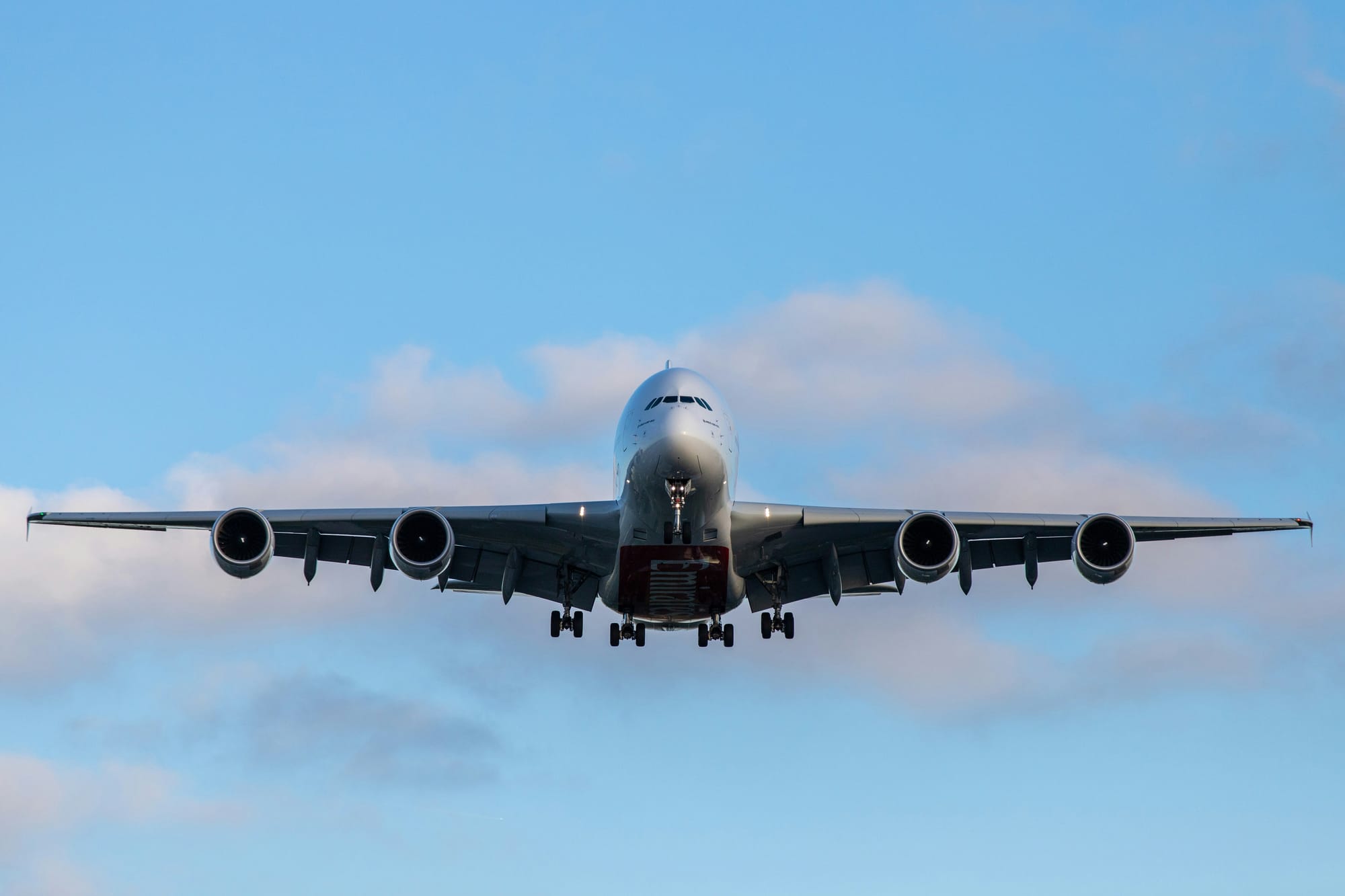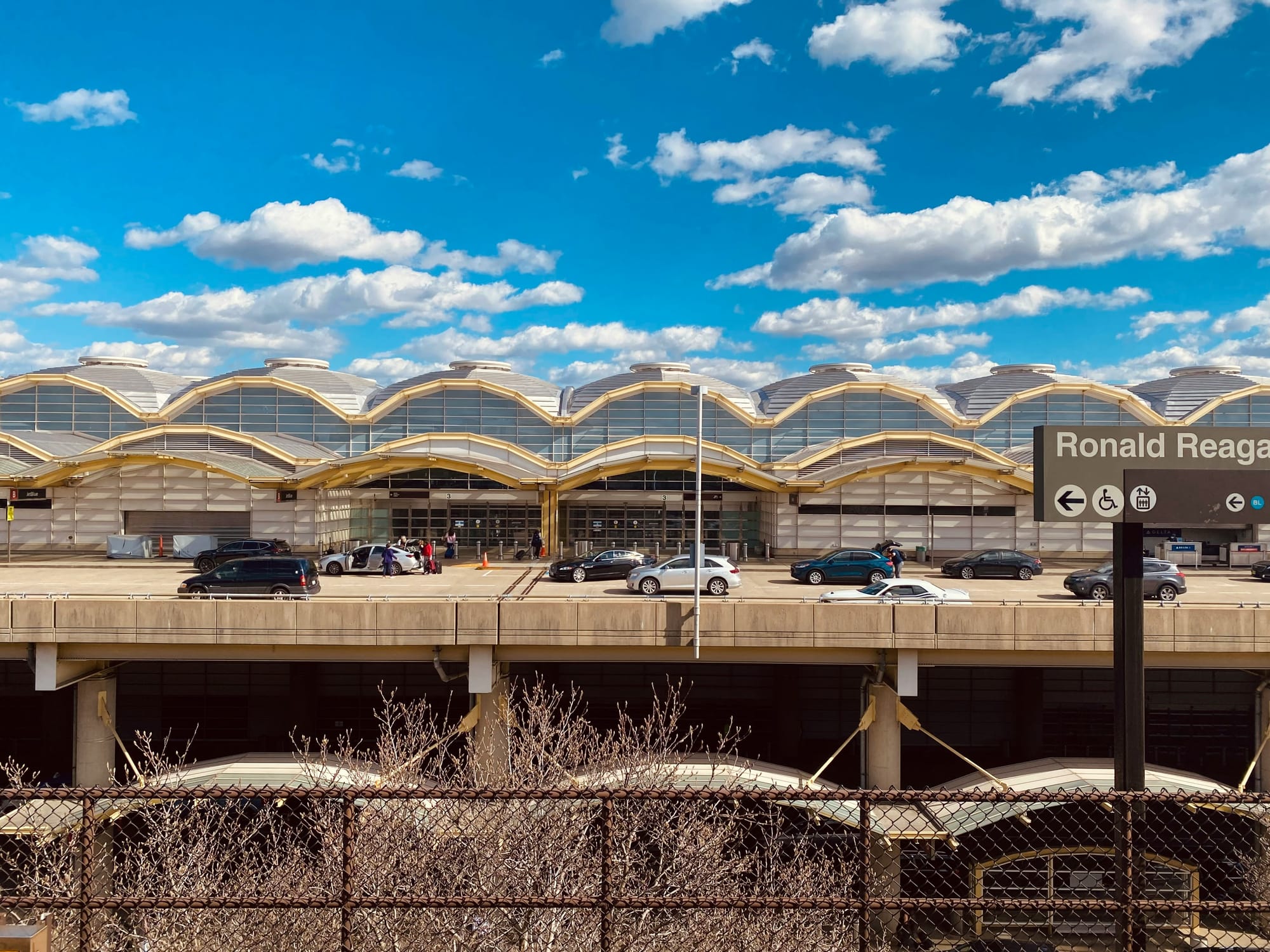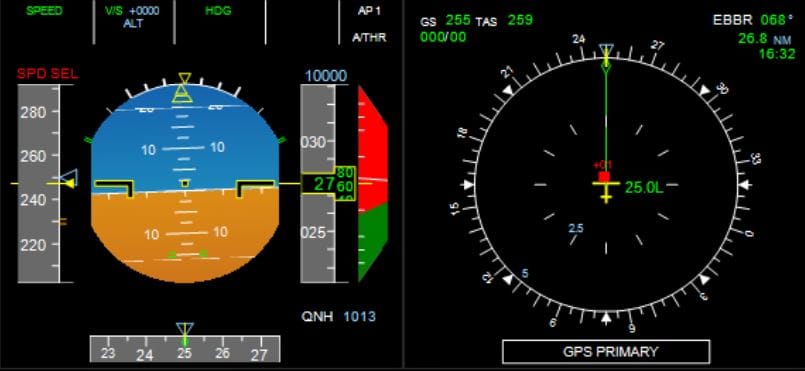Could a Passenger Replace a Suddenly Incapacitated Pilot?

The idea of a passenger replacing a suddenly incapacitated pilot is a scenario that has fascinated and concerned people for years. With the increasing accessibility of air travel, many have wondered whether, in a dire situation, an ordinary passenger could step into the cockpit and land the plane. Hollywood movies have dramatized this scenario, but in reality, the question hinges on several key factors: the type of aircraft, the experience (if any) of the passenger, available assistance from air traffic control (ATC), and modern cockpit technology.
Understanding the Challenge
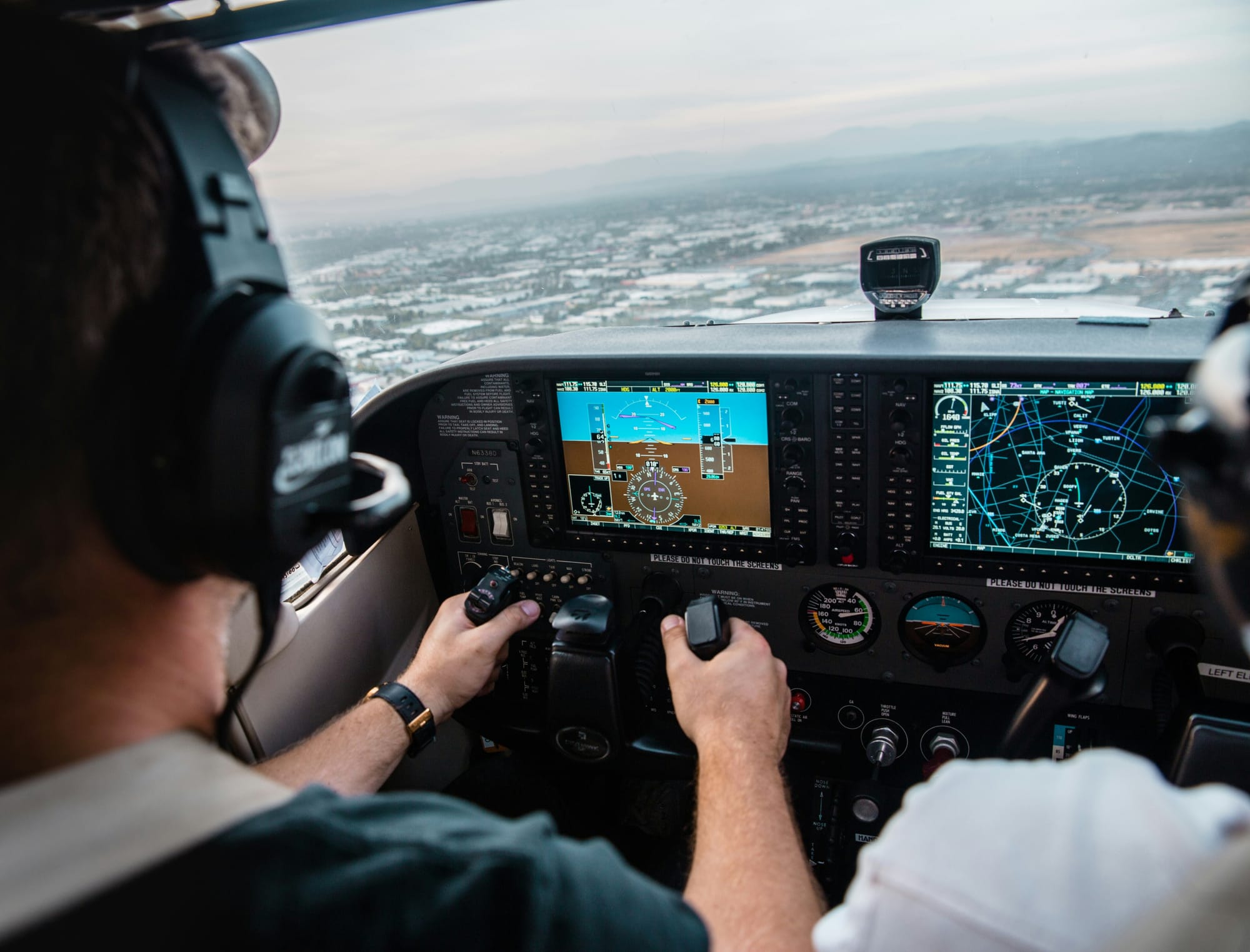
Flying an airplane is a complex task that requires rigorous training and hands-on experience. Pilots spend countless hours in flight simulators and actual aircraft learning how to manage everything from basic flight controls to emergency situations. Commercial aircraft are especially complex, equipped with advanced avionics, autopilot systems, and navigation equipment that require in-depth knowledge to operate.
Even before takeoff, a pilot must go through a detailed checklist to ensure the aircraft is airworthy. Once in the air, the pilot manages altitude, speed, fuel consumption, communication with ATC, and navigates the airspace—often while dealing with changing weather conditions and unforeseen challenges. The descent and landing phase is particularly critical, requiring precise judgment to ensure the plane touches down safely.
For a layperson in the passenger cabin, stepping into the cockpit can feel like being dropped into the control room of a spacecraft. The multitude of unfamiliar controls and instruments, coupled with the high-stress situation, can be overwhelming.
When Could a Passenger Take Over?
In the extremely rare case of both pilots becoming incapacitated, the immediate goal would be to maintain control of the aircraft and initiate communication with ATC. Thanks to advancements in aviation technology, this task has become more feasible for an untrained individual. Modern airplanes are equipped with autopilot systems that manage most aspects of flight, including altitude and navigation. If the aircraft is already on autopilot, a passenger's primary task would be to communicate with controllers and follow their instructions.
Air traffic controllers are trained to assist in emergencies like this. If a passenger were to radio ATC, controllers could talk them through the process of keeping the aircraft steady, making adjustments, and, most importantly, guiding them towards an airport for landing. Many airliners also have simplified emergency procedures that can be explained in real-time over the radio.
Some planes, particularly newer models, are equipped with advanced automation that can handle much of the flight. Garmin's Autoland system, for example, is a revolutionary piece of technology that can automatically take control of a private aircraft in the event of pilot incapacitation. It can navigate, communicate with ATC, and even land the aircraft safely without human intervention. While this system is primarily found in smaller general aviation planes, similar advancements could make their way to commercial airliners in the future.
Challenges for the Passenger
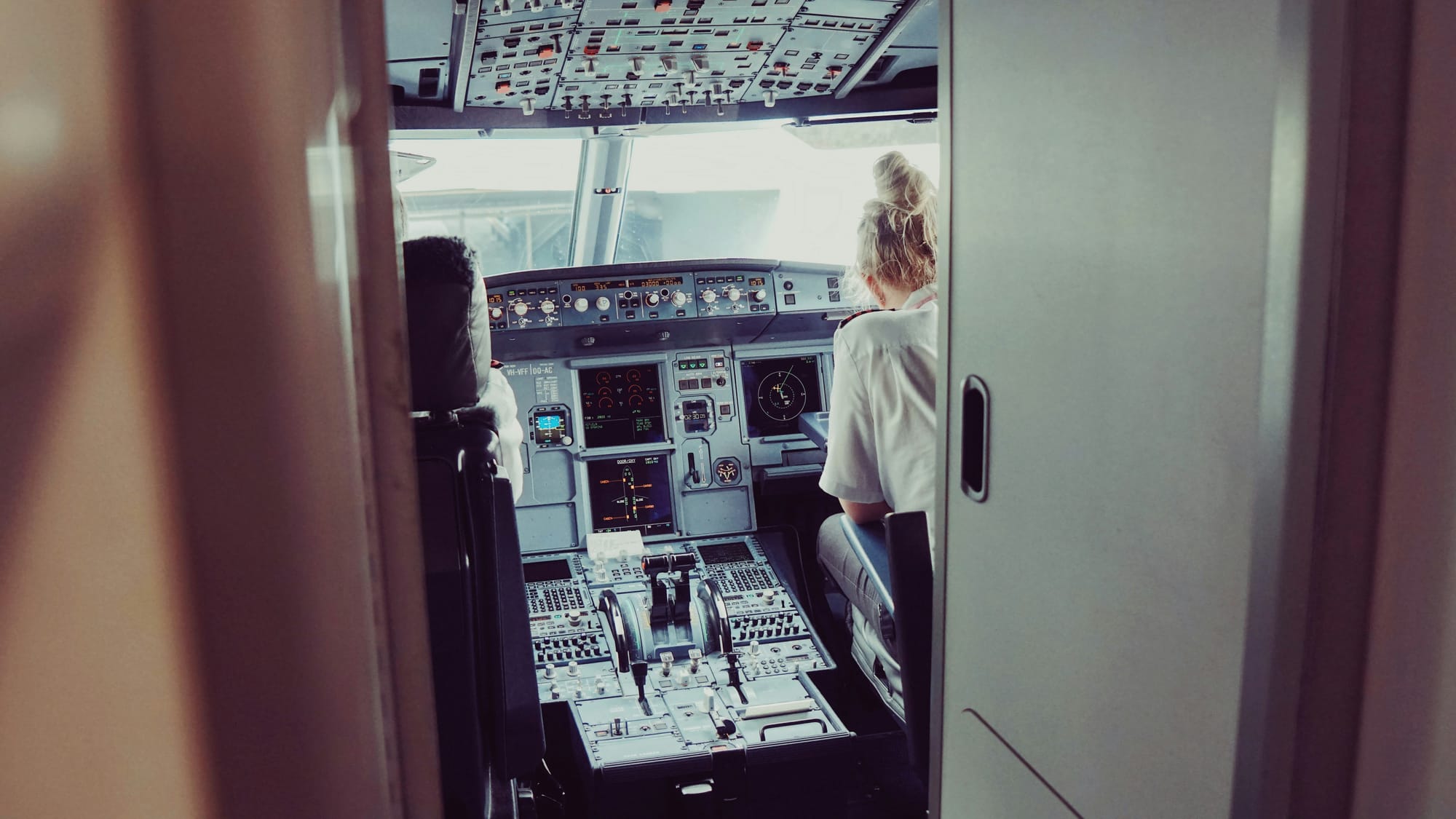
The first significant challenge is communication. Understanding how to operate the aircraft’s radio and getting in touch with ATC is the first and most critical step. Without proper communication, the chances of a safe landing drop significantly.
Once communication is established, the passenger would need to follow detailed instructions on adjusting the autopilot, controlling the plane’s speed, and managing altitude. Even with guidance, the cockpit environment is extremely technical, and making sense of it can be daunting.
If the plane is close to its destination, the most challenging phase—landing—would quickly follow. ATC would need to explain how to disengage autopilot, manually control the aircraft, align it with the runway, and touch down at a safe speed. In modern aircraft, the landing process can be assisted by the autopilot system in some conditions, but a completely automatic landing (autoland) is not available on all aircraft or under all conditions, particularly if visibility or weather is poor.
In this scenario, the passenger would need to stay calm and focused under immense pressure. While ATC controllers would be able to guide them through the landing, the person in the cockpit would be handling a very sensitive and high-stakes task with little to no experience. Mistakes could be catastrophic.
Could a Non-Pilot Successfully Land a Plane?
There have been rare instances where non-pilots have successfully taken over the controls of a small plane and landed safely, usually under the guidance of ATC. However, this is far more feasible in smaller, less complex general aviation aircraft than in a commercial jetliner. The smaller planes tend to have more intuitive controls and require less technical knowledge compared to a commercial airliner.
In 2019, for example, a passenger with no flight experience successfully landed a Cessna 208 Caravan after the pilot became incapacitated. The passenger was guided by ATC and managed to land the aircraft with minimal damage. This case is often cited as an example of how, under ideal circumstances, it is possible for a non-pilot to take control and land a plane.
However, successfully landing a large commercial jet is a much more challenging proposition. These aircraft are heavier, faster, and require far more complex procedures for descent and landing. The sheer size of a commercial airliner means that the margin for error is much smaller.
So... Could You Do It?
In theory, a passenger could replace an incapacitated pilot, especially with the assistance of autopilot and ATC guidance. However, the reality is that the success of such a situation depends on numerous factors: the passenger's ability to communicate clearly, follow instructions under pressure, and the specific capabilities of the aircraft. Modern aviation technology makes this scenario more plausible than ever, but it is still fraught with significant risks.



